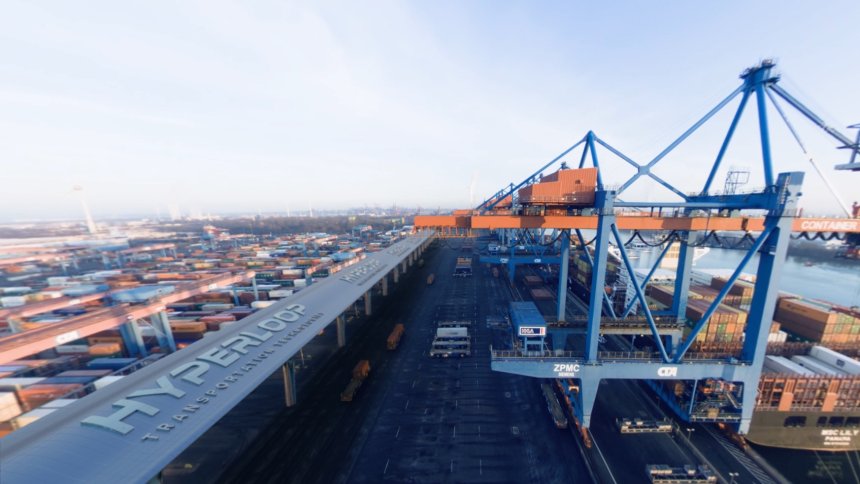In 2018, $14.6 billion revenue was made with biometrical data, estimated to rise to $55.4 billion in 2027 – that’s quite a market outlook (Handelsblatt, 2019). According to Datenschutz.org (2018), biometric data consist of person-related information about physical, physiological or behavioral characteristics of a unique, identifiable person. Data about characteristics of human identities is collected for various application areas. Firms use them to allow employees accessing the firm’s intranet, fingerprints are saved whenever we enter the United States, and biometric data is even collected when you unlock your iPhone via FaceID. And have you heard of Peking’s new airport Daxing? It has not only been built in a possibly record-breaking time frame, but it is also fully equipped with cutting-edge technology. Here, biometric data shall be used to substitute customs, enabling travelers to pass borders without needing human interaction but receiving permission from machines (Handelsblatt, 2019). The data will already be recognized when entering the airport. Our human identities are turning into passwords that cannot be replicated. Or, wait. They actually can and it is quite scary. For example, it is shown that with the help of pictures and contact lenses, a human iris can be cloned and an exact replication of a human’s face can easily be printed with a 3D printer. Whenever biometric data is collected, data security is of utmost importance. However, cases in which hackers easily got access to it definitely exist. The theft of biometric data poses a threat as they can be used to replicate a double of you, possibly making you responsible for a crime. In August 2019, Suprema, a mega firm providing biometrical systems found a leak in its databases, exposing millions of data points on the internet. This data contained for example passwords in combination with usernames, seriously threatening firms that used these data for their employees to access firm property (Forbes, 2019). However, strategies to prevent such cases exist and are spreading. Don’t worry, Apple for example stores your biometric data for using FaceID only on your device and the firm FaceID_D is specialized in making a firm’s pictures unrecognizable to face recognition mechanisms while keeping them similar to the human eye.
Sources:
https://www.datenschutz.org/biometrische-daten/https://www.handelsblatt.com/technik/digitale-revolution/digitale-revolution-biometrie-verspricht-hohe-sicherheit-und-birgt-grosse-gefahren/25094118-all.htmlhttps://www.forbes.com/sites/zakdoffman/2019/08/14/new-data-breach-has-exposed-millions-of-fingerprint-and-facial-recognition-records-report/#424d5da746c6
Should we be afraid of a digital double?
16
October
2019


